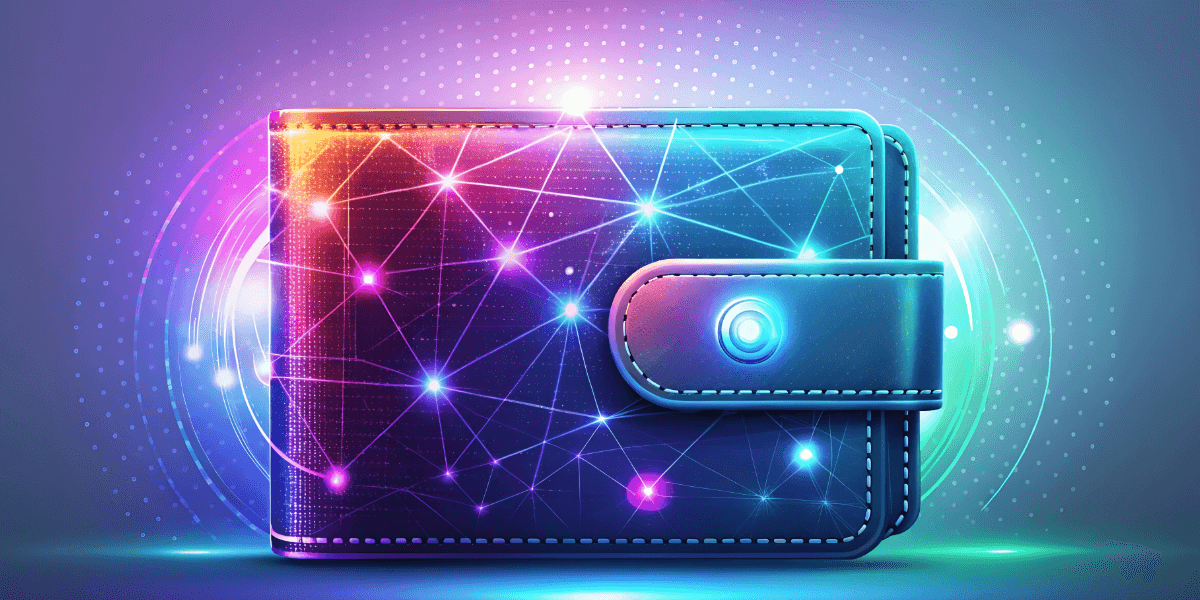-
Stablecoin
A stablecoin is a type of cryptocurrency designed to maintain a stable value by being pegged to a reserve asset, such as a fiat currency (like the U.S. dollar) or a commodity (like gold). Unlike more volatile cryptocurrencies such as Bitcoin or Ethereum, stablecoins aim to provide price stability, making them useful for everyday transactions,…
-
Byzantine Generals Problem
The Byzantine Generals Problem is a famous thought experiment in computer science that illustrates a challenge in achieving reliable communication and consensus in a distributed system, especially when some members of the group may be unreliable or act maliciously. Imagine This Scenario: Several generals of the Byzantine army are positioned around a city that they…
-

The Critical Role of Decentralized Systems in Shaping the Future
In recent years, decentralized systems have emerged as a powerful alternative to traditional, centralized models of control. Built on blockchain technology and other distributed frameworks, decentralized systems have transformed how we approach everything from finance to governance. As we move further into the digital age, understanding why these systems are necessary is becoming increasingly critical.…
-
Decentralized Exchange (DEX)
A Decentralized Exchange (DEX) is a type of cryptocurrency exchange that allows users to trade digital assets directly with one another without the need for an intermediary, such as a centralized exchange or a third-party custodian. Instead, DEXs operate through smart contracts on a blockchain, enabling peer-to-peer transactions in a secure and transparent manner. Key…
-
Decentralized Finance (DeFi)
Decentralized Finance (DeFi) refers to a financial system built on blockchain technology that operates without intermediaries such as banks, brokerages, or exchanges. Instead, DeFi relies on smart contracts, which are self-executing agreements with terms written into code, allowing users to engage in various financial activities directly with one another. Key Features of DeFi: Example of…
-
In blockchain, each block has a header and a body. Generally speaking, what’s part of the header?
In a blockchain, the header of each block contains metadata that provides essential information about the block and its relationship to the rest of the blockchain. Typically, the header includes the following key components: These elements are crucial for the security, consistency, and functionality of the blockchain, ensuring that each block is linked to its…
-

What’s the Benefit of Using Daedalus vs. a Third-Party Exchange (like Coinbase)?
When it comes to managing your ADA on the Cardano blockchain, you have a variety of options. You can either use a dedicated full-node wallet like Daedalus, or you can opt for third-party exchanges like Coinbase to store and manage your cryptocurrency. While both methods serve the same purpose—managing your ADA—there are key differences in…
-

The Five Development Phases of the Cardano Roadmap
Cardano’s journey as a blockchain platform has been marked by careful planning, peer-reviewed research, and a long-term vision for a decentralized and scalable future. Unlike many other projects, it wasn’t rushed to market but developed with a strong focus on security, sustainability, and governance. Its growth is divided into five distinct phases, or eras, known…
-
Transaction Inputs & Outputs (Cardano)
In Cardano, transaction inputs and outputs are key components of the UTxO (Unspent Transaction Output) model, which is used to manage how value (such as ADA) is transferred across the blockchain. Let’s break down what they mean and how they work. Transaction Inputs Transaction Outputs Inputs and Outputs in Action Example Transaction Imagine your wallet…
-

How Cardano’s Blockchain Solves Problems in the Traditional Financial System
The financial world as we know it relies on trusted intermediaries like banks and payment processors to solve common problems related to transactions, ownership, and security. However, this centralized system, while effective, has certain limitations such as inefficiency, high costs, and single points of failure. Enter Cardano, a blockchain platform designed to tackle these same…
